Do You Have Circumscribed Prismatoids?
The term “circumscribed prismatoids” sounds like a medical condition but it is apparently a way to “tune the aerodynamic flight characteristics” of a golf ball. An Acushnet patent application published this week as US Pub. No. 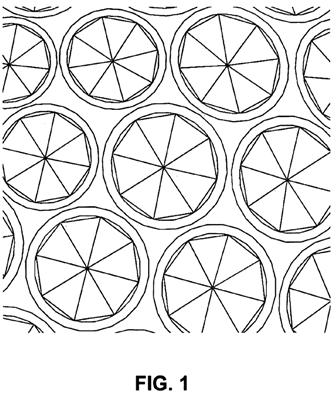
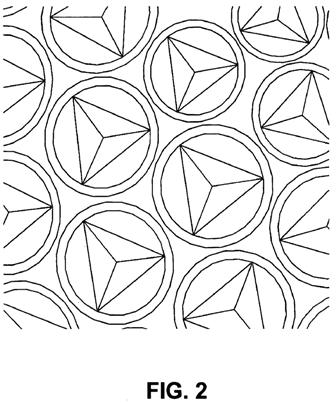
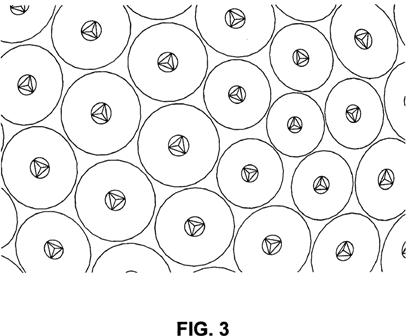
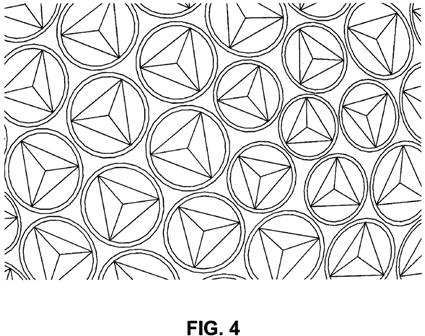
The application explains:
[0008] Accordingly, the present invention is directed to a golf ball with improved dimples. The present invention is also directed to a golf ball with improved aerodynamic characteristics. These and other embodiments of the prevent invention are realized by a golf ball comprising a spherical outer land surface and a plurality of dimples formed thereon.
[0009] The invention provides for at least one dimple having multifaceted depressions which include two distinct geometries. A first perimeter surrounds prismatoid depressions or protrusions and a second, smaller perimeter is circumscribed within the first. Primarily the first and second perimeters are circular and the depressions or protrusions are based on a polyhedral prismatoid.
.
.
.
[0023] As shown generally in FIG. 1, where like numbers designate like parts, reference number 10 broadly designates a golf ball 10 having a plurality of dimples 12 separated by outer undimpled or land surface 14. In accordance to one aspect of the present invention as shown in FIG. 1, the dimples 12 are formed as multifaceted depressions comprising two discrete geometries; a first depression having a circular perimeter surrounding a prismatoid depression or protrusion; and, a second, smaller circular diameter concentric with the dimple boundary.[0024] The dimples on a golf ball cause a thin boundary layer of air adjacent to the ball’s outer surface to flow in a turbulent manner. Thus, the thin boundary layer is called a turbulent boundary layer. The turbulence energizes the boundary layer and helps move the separation point further backward, so that the layer stays attached further along the ball’s outer surface. As a result, there is a reduction in the area of the wake, an increase in the pressure behind the ball, and a substantial reduction in drag. It is the circumference portion of each dimple, where the dimple wall drops away from the outer surface of the ball, which actually creates the turbulence in the boundary layer.
[0025] The present invention provides dimples with inscribed polyhedral prismatoids as a means to further tune the aerodynamic flight characteristics of conventional dimple layouts having depressions with circular perimeter boundaries. Further, these profiles provide an aesthetically unique and novel dimple pattern. The dimples described herein begin with an initial dimple profile where the boundary perimeter is a circular projection on the spherical surface of the golf ball. It is to be appreciated that this would not only include spherical, but also conical, catenary and the like. Then, a second concentric circular projection within the dimple perimeter located below the chord plane of the dimple and marking the termination of the initial dimple surface. Within the second concentric circular projection is a depression or protrusion based on a polyhedral prismatoid whose base is normal to the dimple axis and circumscribed by the second concentric circle. Further, the extent of the prismatoid does not intersect the spherical ball surface. Preferred prismatoids consist of pyramids, cupolas and frusta.
Time to brush up on your prismatoids!
David Dawsey – Keeping an Eye on Golf Ball Inventions
PS – The gap in posting can be blamed on a 4 day golf trip to Hilton Head that included roughly 126 holes. I was my first trip to Hilton Head and I highly recommend it for any golf addicts. Below is a picture from an overcast day at Harbour Town.
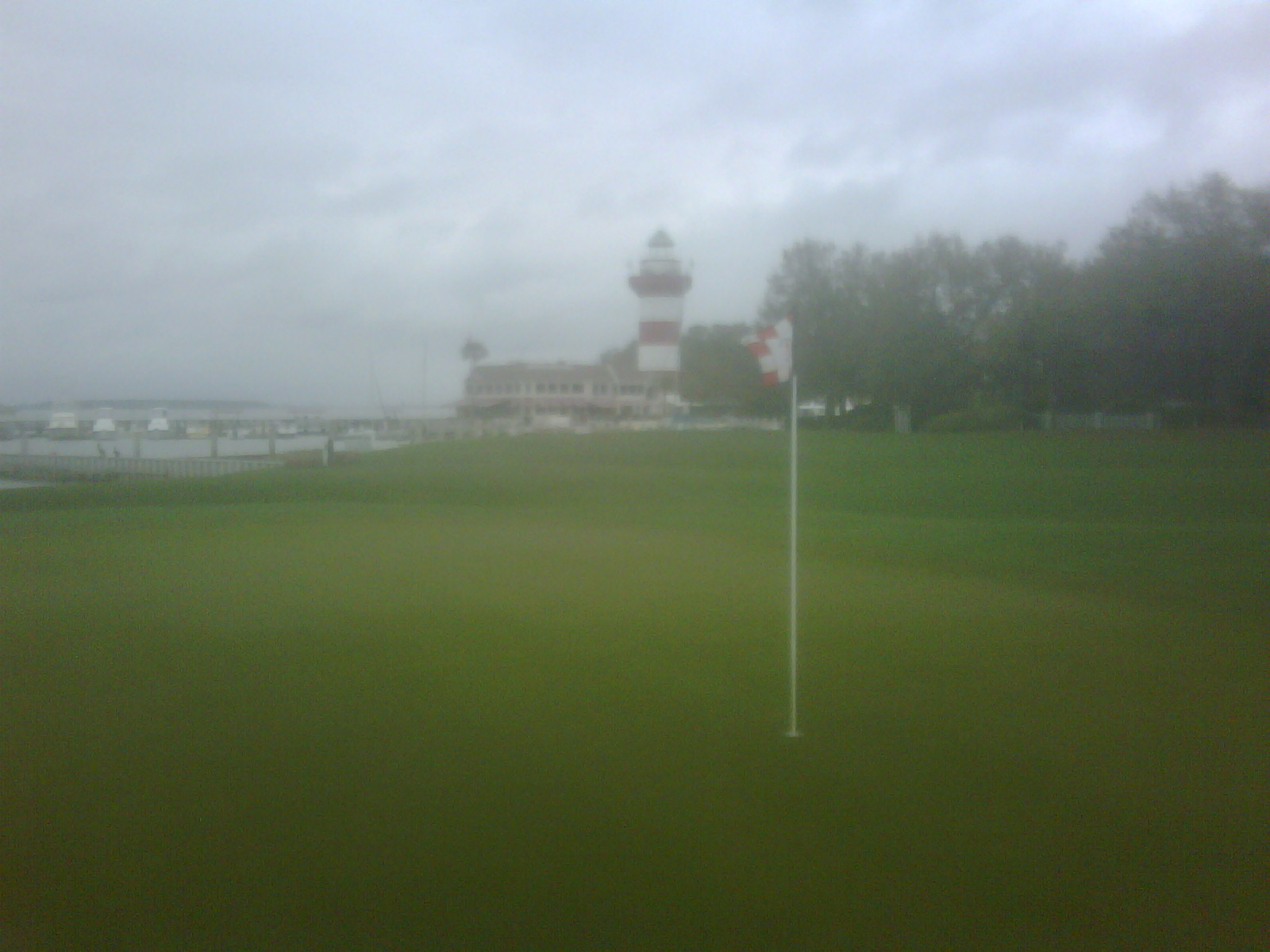
PPS – click HERE to read more interesting golf ball patent posts
